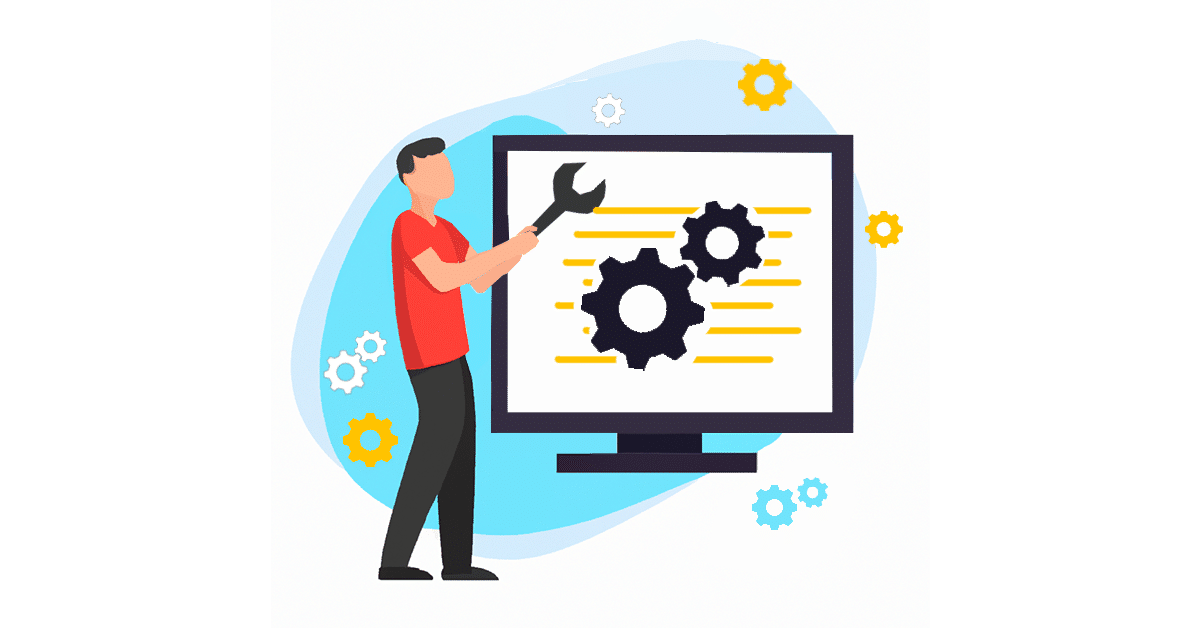Construction sites are filled with potential hazards and dangers that can pose serious risks to workers. With the advancements in technology, software solutions have emerged as powerful tools to enhance safety measures in the construction industry. By harnessing the potential of software, construction companies can significantly improve safety protocols, minimize accidents, and create a secure working environment for their employees. Let's explore some innovative solutions that are revolutionizing construction safety.
The Role of Software in Construction Safety
1. Virtual Reality (VR) and Augmented Reality (AR)
- VR and AR technologies are being used to simulate construction sites and identify potential safety hazards before the actual work begins.
- These technologies provide an immersive training experience for workers, allowing them to practice safety protocols in a virtual environment.
- AR can also overlay digital information onto the physical world, such as displaying safety warnings or real-time data about the construction site.
2. Building Information Modeling (BIM)
- BIM software allows for the creation of digital representations of buildings and infrastructure, including details about materials, dimensions, and construction processes.
- By incorporating safety information into BIM models, construction teams can proactively address potential safety issues and plan for risk mitigation measures.
- Through clash detection capabilities, BIM can identify conflicts between different building components that may pose safety risks during construction.
Benefits of Software Solutions in Construction Safety
1. Improved Risk Management
- Software tools enable construction companies to conduct virtual risk assessments and identify potential hazards early in the project lifecycle.
- Real-time data tracking and analysis help in monitoring safety performance and implementing corrective actions promptly.
- By integrating safety protocols into project management software, companies can ensure compliance with regulations and standards.
2. Enhanced Training and Education
- Software-based training programs offer interactive and engaging learning experiences for construction workers, enhancing their understanding of safety procedures.
- Simulations and scenarios in virtual environments help in developing practical skills and testing response to emergencies.
- Mobile applications provide on-the-go access to safety guidelines, procedures, and emergency contacts for quick reference on the construction site.
Challenges in Implementing Software Solutions
1. Cost and Resources
- Initial investment in software implementation and training can be a barrier for small construction companies with limited resources.
- Ongoing maintenance, updates, and support services may add to the overall cost of adopting software solutions for safety.
- Ensuring that employees are proficient in using the software effectively requires time and effort in training and development.
2. Data Security and Privacy
- Construction companies need to address concerns regarding the protection of sensitive safety data stored in software systems.
- Implementing robust cybersecurity measures is essential to prevent unauthorized access, data breaches, or cyber threats.
- Compliance with data privacy regulations and guidelines is crucial to safeguarding the confidentiality of safety information.
The Future of Construction Safety
1. Integration of IoT and Wearable Technology
- IoT devices and wearables can collect real-time data on worker movements, environmental conditions, and equipment status to assess safety risks.
- Connected sensors and devices can alert workers to potential hazards, monitor fatigue levels, and track compliance with safety protocols.
- Data from IoT devices can be analyzed to identify trends, patterns, and areas for improvement in safety practices on construction sites.
2. Predictive Analytics and Machine Learning
- By leveraging predictive analytics and machine learning algorithms, construction companies can anticipate safety incidents and take proactive measures to prevent accidents.
- Data-driven insights from software systems can help in predicting potential risks, optimizing safety strategies, and enhancing decision-making processes.
- Continuous learning and adaptation through AI-powered software contribute to the evolution of safety practices and the prevention of workplace injuries.
With the continuous evolution of technology, construction safety is entering a new era of innovation and advancement. By embracing software solutions and harnessing their potential, construction companies can create safer work environments, protect their workforce, and build a culture of safety excellence.
